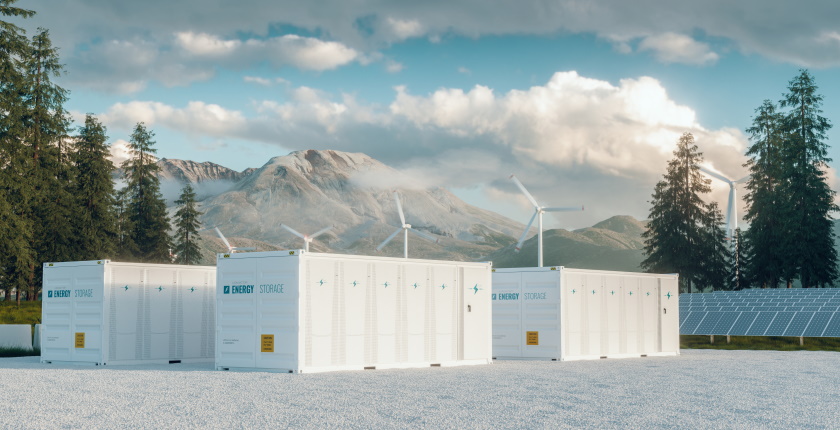
Photo: iStock
Monsson Group is due to get regulatory approval for a hybrid power plant project consisting of a wind farm, photovoltaic unit and the largest battery energy storage system in Romania.
The Romanian Energy Regulatory Authority (ANRE) is about to give the green light to Monsson Group for a hybrid wind-solar-storage facility in Dobruja (Dobrogea) in the country’s southeast, Economica.net reported. The meeting is scheduled for tomorrow with the draft decision and report on the agenda.
If it receives the approval, the company is one step closer to obtaining a construction permit. The storage system is envisaged to be installed next to the Mireasa wind farm and the Gălbiori solar park. The batteries are set to be charged mostly at peak production times when power demand and prices are low.
First stage of storage unit is complete
Monsson planned to commission the facility in Constanța county, Romania’s wind energy hub, last year. Head of Mergers and Acquisitions Sebastian Enache has said that the developer intends to include the largest battery system in the country, with 30 MW in operating power and a four-hour duration, translating to 120 MWh.
The investment is set to include the largest battery system in Romania
The company has launched a test project using its own funds, he added. Separately, Monsson revealed in October that the first stage, of 6 MW, was complete.
Monsson to expand Gălbiori solar park
The 50 MW Mireasa wind power plant was commissioned a decade ago while 10 MW was added in 2018. The existing Gălbiori photovoltaic unit is just above 1 MW in connection capacity. There are plans to build two larger segments on several dozen hectares.
Monsson is part of Monsson Group, controlled by Swedish-Monégasque businessman Emanuel Muntmark. It participates in one of the largest solar power projects in Europe with battery storage. The Dama Solar site is in Arad in western Romania. The photovoltaic plant is supposed to surpass 1 GW in capacity.
Monsson said it so far developed and sold wind and solar power projects in a ready-to-build stage of more than 2.8 GW and 2.1 GW, respectively. According to its website, it operates 78 MW and has more than 2 GW under development.
As for the rest of Southeastern Europe, battery projects are mostly rare and in early stages, except in Turkey. Combining wind and PV with storage already became the norm there.
Grid limitations and the ongoing solar boom in the region tracked by Balkan Green Energy News are causing instability and sending power prices plunging at peak production hours. It means investors in storage will benefit from rising demand as renewables operators are increasingly losing money.


















Be the first one to comment on this article.